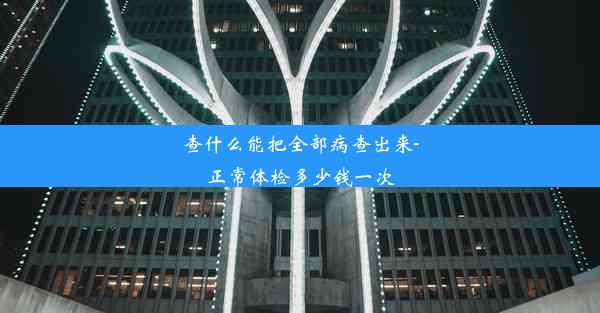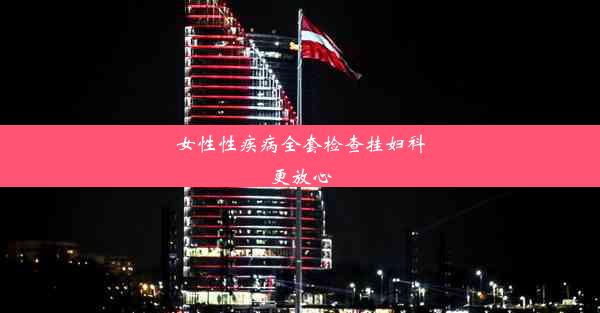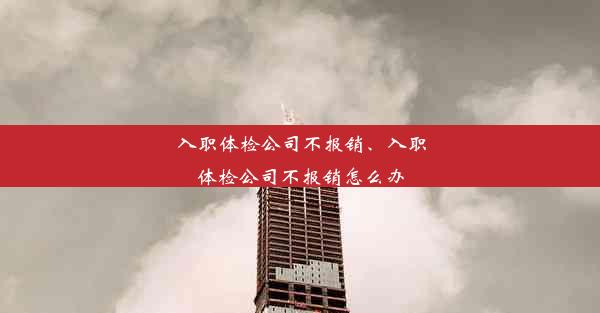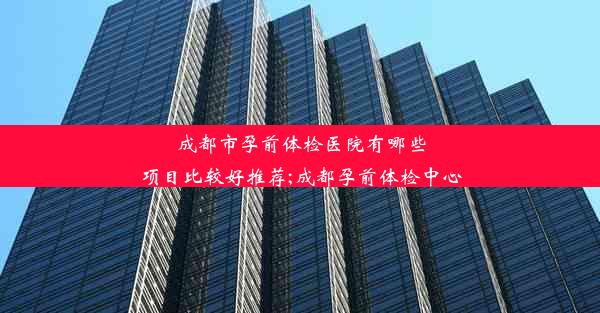
Introduction to Project Inspection Key Points
Project inspection is a critical phase in any project management process. It ensures that the project is progressing as planned and meets the required standards. This article will outline the key points that should be considered during a project inspection to ensure its success.
Understanding the Project Scope
The first and foremost key point is to have a clear understanding of the project scope. This includes the project objectives, deliverables, and any specific requirements or constraints. Ensuring that the inspection team is well-versed in the project scope helps in identifying deviations and potential issues early on.
Reviewing Project Documents
Project documents such as the project plan, specifications, and design drawings should be thoroughly reviewed during the inspection. This helps in verifying that the work being performed aligns with the approved plans and specifications.
Assessing Quality Standards
Quality is a fundamental aspect of any project. During the inspection, it is crucial to assess whether the work meets the predefined quality standards. This involves checking for compliance with industry standards, regulatory requirements, and client expectations.
Evaluating Progress and Milestones
Monitoring the project's progress against the planned milestones is essential. The inspection should include a review of the project schedule to ensure that the project is on track and any delays are identified and addressed promptly.
Inspecting Work in Progress
A physical inspection of the work in progress is vital. This includes checking the construction site, reviewing the installation of materials, and ensuring that the work is being carried out in accordance with the approved methods and procedures.
Identifying and Addressing Risks
Risk management is an integral part of project inspection. The inspection team should identify any potential risks or issues that could impact the project's success. This includes assessing the likelihood and impact of these risks and developing mitigation strategies.
Ensuring Compliance with Safety Regulations
Safety is a non-negotiable aspect of any project. The inspection should include a thorough review of the safety measures in place to ensure that the project complies with all relevant health and safety regulations. This includes inspecting personal protective equipment, safety signage, and emergency procedures.
Documenting Findings and Recommendations
All findings from the project inspection should be documented in detail. This includes noting any non-conformities, deviations, or areas that require improvement. Clear and concise recommendations should be provided to the project team for corrective actions.
Follow-Up and Continuous Improvement
The final key point is to follow up on the corrective actions recommended during the inspection. This ensures that the issues are addressed and the project continues to progress smoothly. Additionally, the project inspection process should be continuously improved to enhance the efficiency and effectiveness of future inspections.
By focusing on these key points, project inspections can help in identifying and resolving issues early, ensuring that the project stays on track and meets its objectives. Effective project inspection is not just about catching mistakes; it is about fostering a culture of quality, safety, and continuous improvement.












